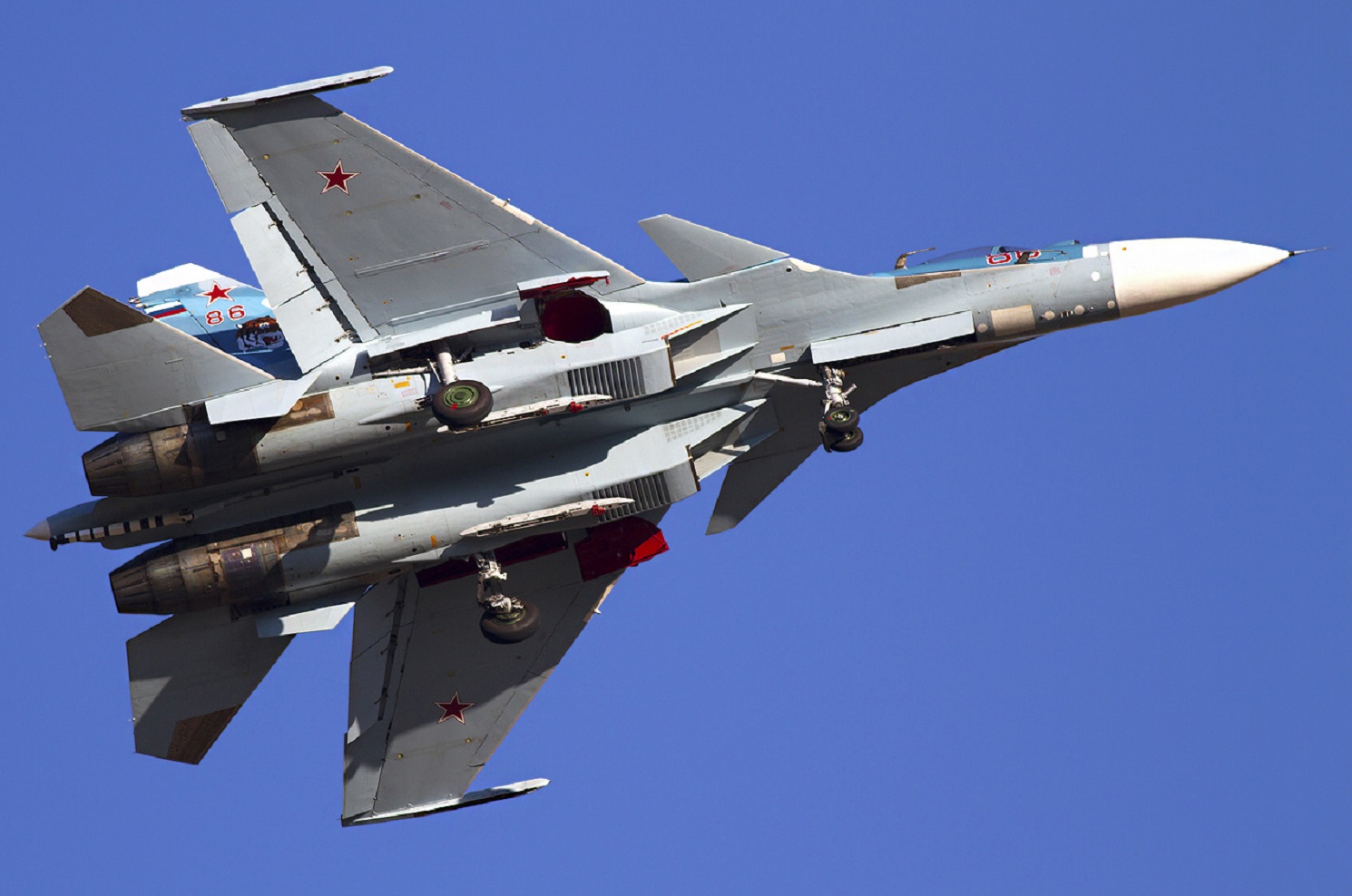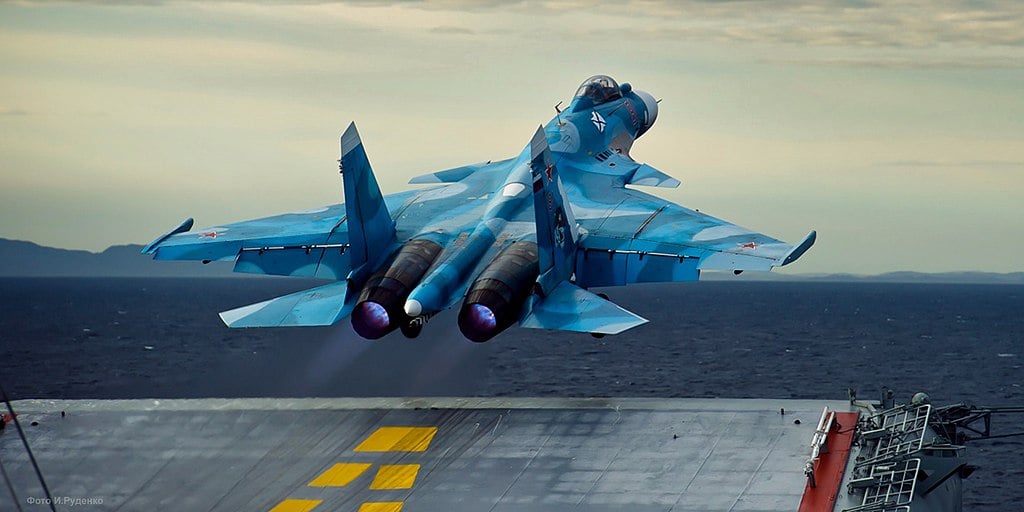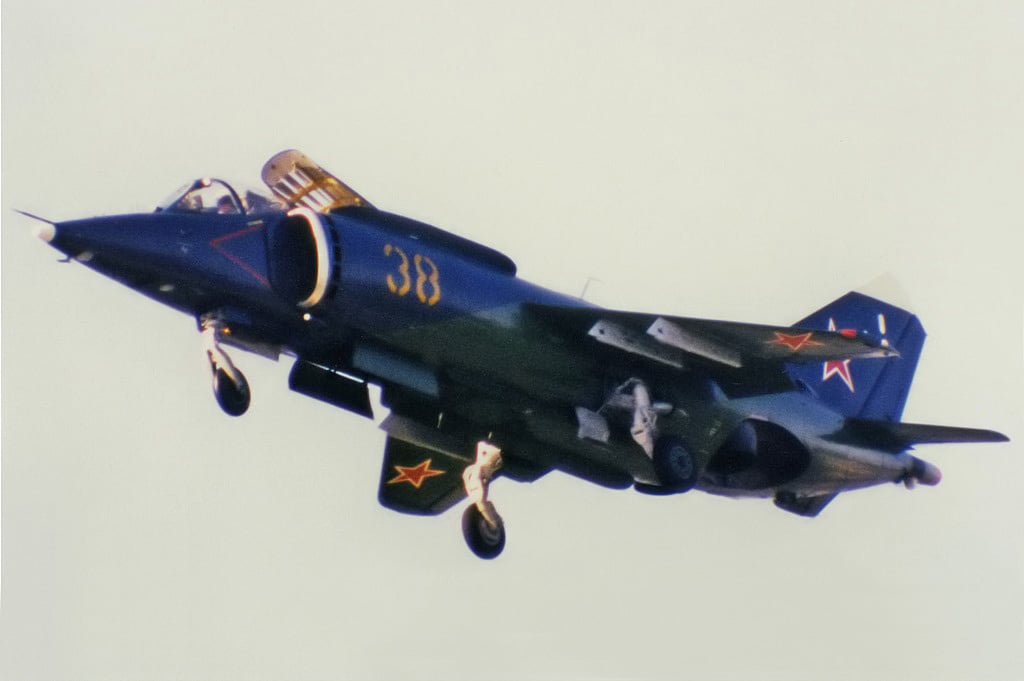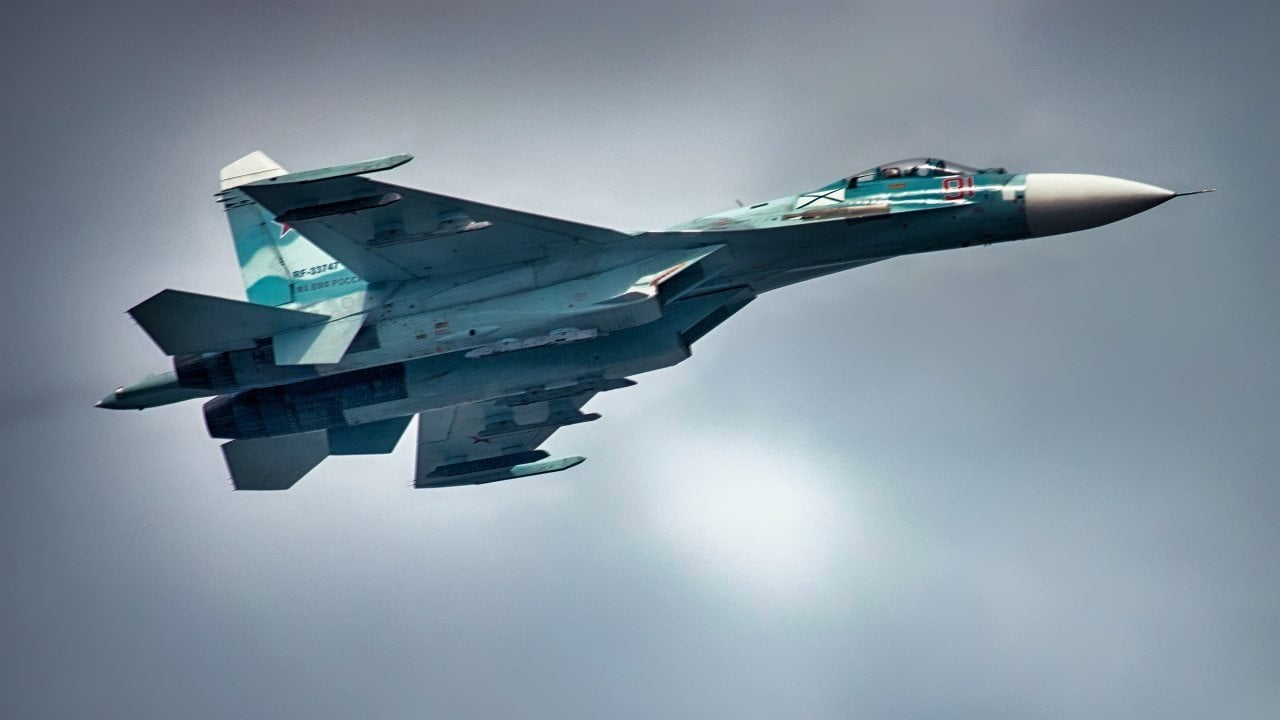Su-33: The Horrible Fighter Jet on Russia's Admiral Kuznetsov Aircraft Carrier
Russia's longstanding ambition to become an aircraft carrier power has consistently faltered, with the Su-33 carrier-based warplane exemplifying these struggles.
Summary and Key Points: Russia's longstanding ambition to become an aircraft carrier power has consistently faltered, with the Su-33 carrier-based warplane exemplifying these struggles.

-Despite upgrades, the Su-33 has been plagued by performance and safety issues, much like its Soviet-era predecessor, the Yak-38.
-Originally designed for Russia's sole aircraft carrier, the Admiral Kuznetsov, the Su-33's heavy design and limited capabilities have proven impractical, especially as the Kuznetsov itself remains in disrepair.
-Given the ongoing failures and high costs associated with maintaining this fleet, retiring the Su-33 may be a more pragmatic choice for Russia.
Russia's Struggling Su-33: Why It's Time to Retire This Carrier Jet
It’s a well-known fact that, going back to the Soviet Union, Russia fantasized about becoming an aircraft carrier power. Yet, they were never able to achieve such lofty goals. Russia’s navy has always been a fundamentally different service from its American rival.
This is largely because of the fact that Russia is historically a continental power rather than a maritime one (for the US that reality is just the opposite). You’ve read extensively about the failures of Russia’s aircraft carriers over the decades. But it isn’t only the aircraft carriers themselves that were disasters.
Recent reports about Russia’s Su-33 continue to proliferate indicating that the warplanes originally designed for Russia’s failed aircraft carrier program are themselves failures. My colleague, Maya Carlin, has describedthe Su-33 as a “flying coffin.” Based on reportage coming from the Su-33’s performance in the ongoing Ukraine War, that seems to be the case.

So, the Su-33, originally designed as a carrier-based warplane by the Russians, is proving itself to be as problematic for Russia’s military as Russia’s original carrier-based plane, the Soviet era Yak-38.
A Bad History: Russian Aircraft Carrier-Based Warplanes
The Yak-38 was a problem for the Soviet Navy because it had only four external hardpoints and could carry little more than 4,000 pounds of armaments. In fact, the Su-33 has 12 hardpoints to carry many more pounds of weapons than the old, underperforming Yak-38 ever could. In the case of the Su-33, it can carry a much better suite of weapons.
But reports have come out showing that the Su-33 has struggled to carry the full payload of Russian naval weapons systems.
Russia’s Su-33, even before the Ukraine War erupted, was known for a spotty safety record when flying. In other words, it was highly disaster prone. Infamously, there was one massive crash that occurred years ago at an airshow. The problems were not from user error. They arose from a faulty aircraft. It’s a bad bird.

Beginning around four years ago, 20 of Russia’s fleet of 30 Su-33s went through what’s known as the “first phase of modernization,” according to a report from the EurAsian Times. These upgrades included GPS-assisted navigation, a new radar warning receiver, and a computing system that helps to accurately drop free-fall bombs over their intended targets (this was a major issue during Russia’s illegal war against Georgia in 2008). Accompanying that change, the Su-33 was upgraded to carry precision-guided munitions, too.
Russia Should Retire the Su-33
Despite these modifications, which the Russian Defense Ministry claimed resolved the underlying problems with the Su-33, the warplane has had such a bad record that Moscow would be better off simply retiring this bird.
For all the money and resources Russia has spent on this warbird, it has yet to deliver on any of the promise. This is largely because the Su-33 was designed to fly from Russia’s never-built aircraft carrier fleet.
The one flattop that Russia possesses, the Admiral Kuznetsov, is itself a continuing and profound national embarrassment. Since the Su-33 was designed to fly from the Kuznetsov (and struggled doing so because it turned out to be far larger and heavier than what could safely takeoff and land on that flight deck), with the Kuznetsov perennially in drydock, it strains credulity that Russia thinks continuing to operate and upgrade the Su-33 is a worthwhile investment.

About the Author
Brandon J. Weichert, a National Interest national security analyst, is a former Congressional staffer and geopolitical analyst who is a contributor at The Washington Times, the Asia Times, and The-Pipeline. He is the author of Winning Space: How America Remains a Superpower, Biohacked: China’s Race to Control Life, and The Shadow War: Iran’s Quest for Supremacy. His next book, A Disaster of Our Own Making: How the West Lost Ukraine, is due October 22 from Encounter Books. Weichert can be followed via Twitter @WeTheBrandon.
All images are Creative Commons.


